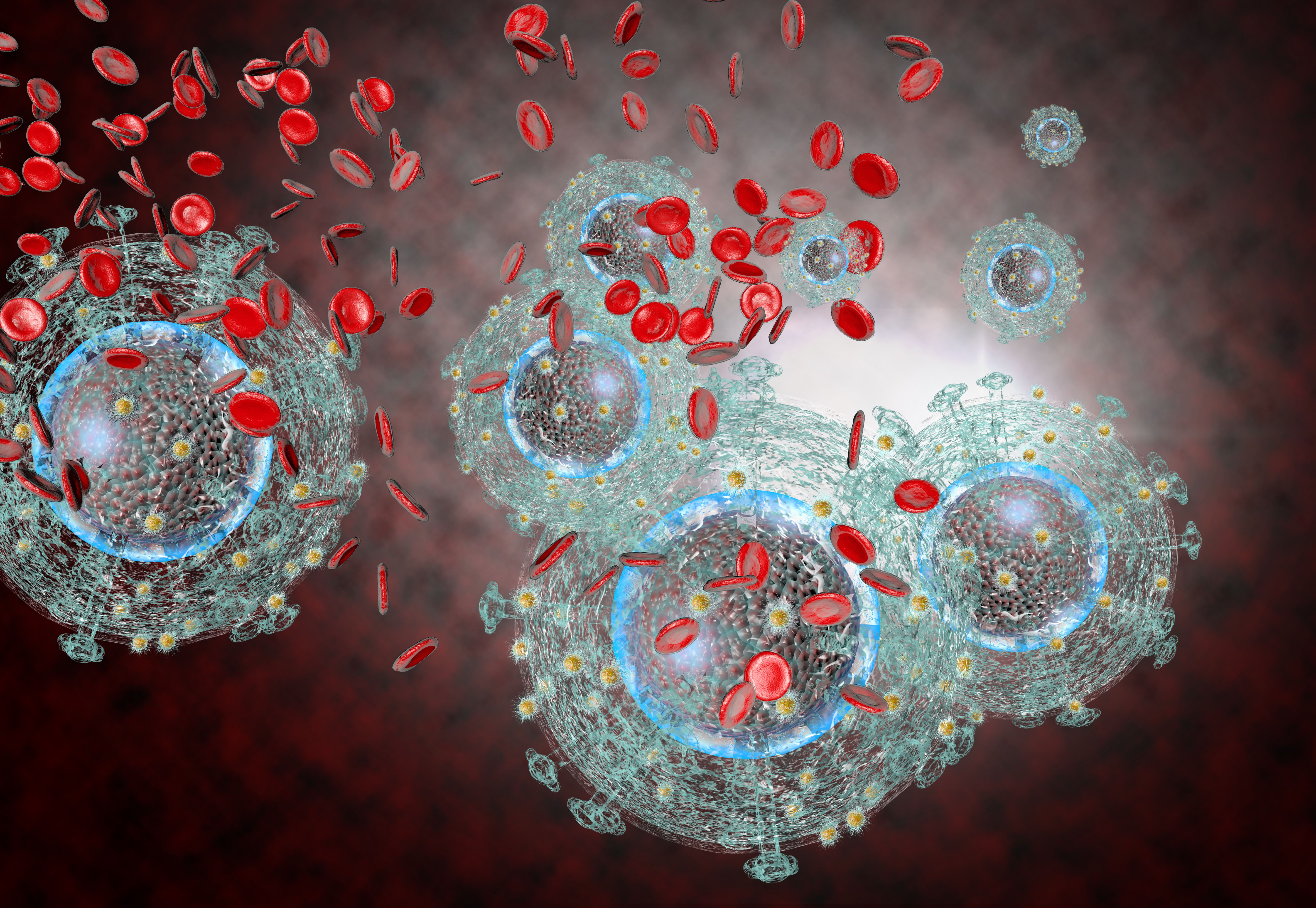Article
Research Continues in Curing HIV Via Stem Cell Transplant
Author(s):
CCR5 mutation creates a challenge for HIV to infect more cells, thereby creating resistance to the virus.
Stem cell transplantation shows promise as a potential cure for HIV, according to research from Oregon Health & Science University (OHSU) published in the journal Immunity. According to the investigators, these findings may accelerate efforts in developing a widespread cure for HIV, which has infected approximately 38 million individuals worldwide.
Credit: Ezume Images- stock.adobe.com

“Five patients have already demonstrated that HIV can be cured,” study lead researcher Jonah Sacha, PhD, professor at the OHSU Oregon National Primate Research Center and Vaccine and Gene Therapy Institute, said in a press release. “This study is helping us home in on the mechanisms involved in making that cure happen. We hope our discoveries will help to make this cure work for anyone, and ideally through a single injection instead of a stem cell transplant.”
The first stem cell transplant to achieve a functional HIV cure occurred in 2009 in a male who would become known as the “Berlin patient.” The patient, who was HIV-positive, was administered a stem cell transplant after being diagnosed with acute myeloid leukemia.
The Berlin patient received donated stem cells from a patient with a mutated CCR5 gene. This gene normally codes for a receptor on the surface of white blood cells used by HIV to infect new cells.
The CCR5 mutation creates a challenge for HIV to infect more cells, thereby creating resistance to the virus. There have been 4 additional patients similarly cured of HIV after a stem cell transplant.
The current study outlines how 2 nonhuman primates were cured of the monkey form of HIV following a stem cell transplant. The investigators found that 2 circumstances must coexist for a cure to be achieved. They also noted the order in which the body clears HIV, which may shed light on future efforts to make the cure applicable to a larger population.
First, the transplanted donor stem cells identify HIV-infected cells and recognize them as foreign invaders before helping to eliminate these cells. This process is similar to what occurs in graft-versus-leukemia transplants. In the subjects not cured of HIV, the virus jumped into transplanted donor cells while they were attacking HIV, which showed investigators that stopping HIV from using the CCR5 receptor to infect donor cells must happen to achieve a cure.
This study was conducted in nonhuman primates called Mauritian cynomolgus macaques, which the study authors previously found are able to successfully receive stem cell transplants. Half of the study’s 8 subjects had HIV—4 received a stem cell transplant with cells from HIV-negative donors, whereas the other subjects acted as a control group and did not receive a transplant. Of the 4 macaques administered transplants, 2 were cured of HIV after successful treatment for graft-versus-host disease, a common comorbidity of stem cell transplants.
The study showed that HIV is cleared from the body in a series of steps, the first of which is being no longer detectable in blood circulating in the arms and legs. HIV was cleared from the lymph nodes in the limbs and then followed by lymph nodes in the abdomen.
There have previously been efforts to cure nonhuman primates of HIV with stem cell transplantation, but this is the first study in which the subjects cured of HIV survived long-term. Approximately 4 years post-transplantation, the 2 macaques cured of the virus are still alive and free of HIV.
The study authors credited their survival to excellent care from Oregon National Primate Research Center veterinarians and the care and support of coauthors Richard T. Maziarz, MD, and Gabrielle Meyers, MD, who are OHSU clinicians with experience caring for patients administered stem cell transplants.
The research team will continue to study the 2 nonhuman primates cured of HIV and said they will analyze the immune responses, including the identification of all specific immune cells involved and which specific cells or molecules were targeted by the immune system.
“These results highlight the power of linking human clinical studies with pre-clinical macaque experiments to answer questions that would be almost impossible to do otherwise, as well as demonstrate a path forward to curing human disease,” Maziarz, a professor of medicine in the OHSU School of Medicine and medical director of the adult blood and marrow stem cell transplant and cellular therapy programs in the OHSU Knight Cancer Institute, said in the release.
Reference
Wu H, et al. Allogeneic immunity clears latent virus following allogeneic stem cell transplantation in SIV-infected ART-suppressed macaques. Immunity. Available at https://www.cell.com/immunity/fulltext/S1074-7613(23)00216-9. DOI: https://doi.org/10.1016/j.immuni.2023.04.019 Accessed June 6, 2023.
Newsletter
Stay informed on drug updates, treatment guidelines, and pharmacy practice trends—subscribe to Pharmacy Times for weekly clinical insights.






